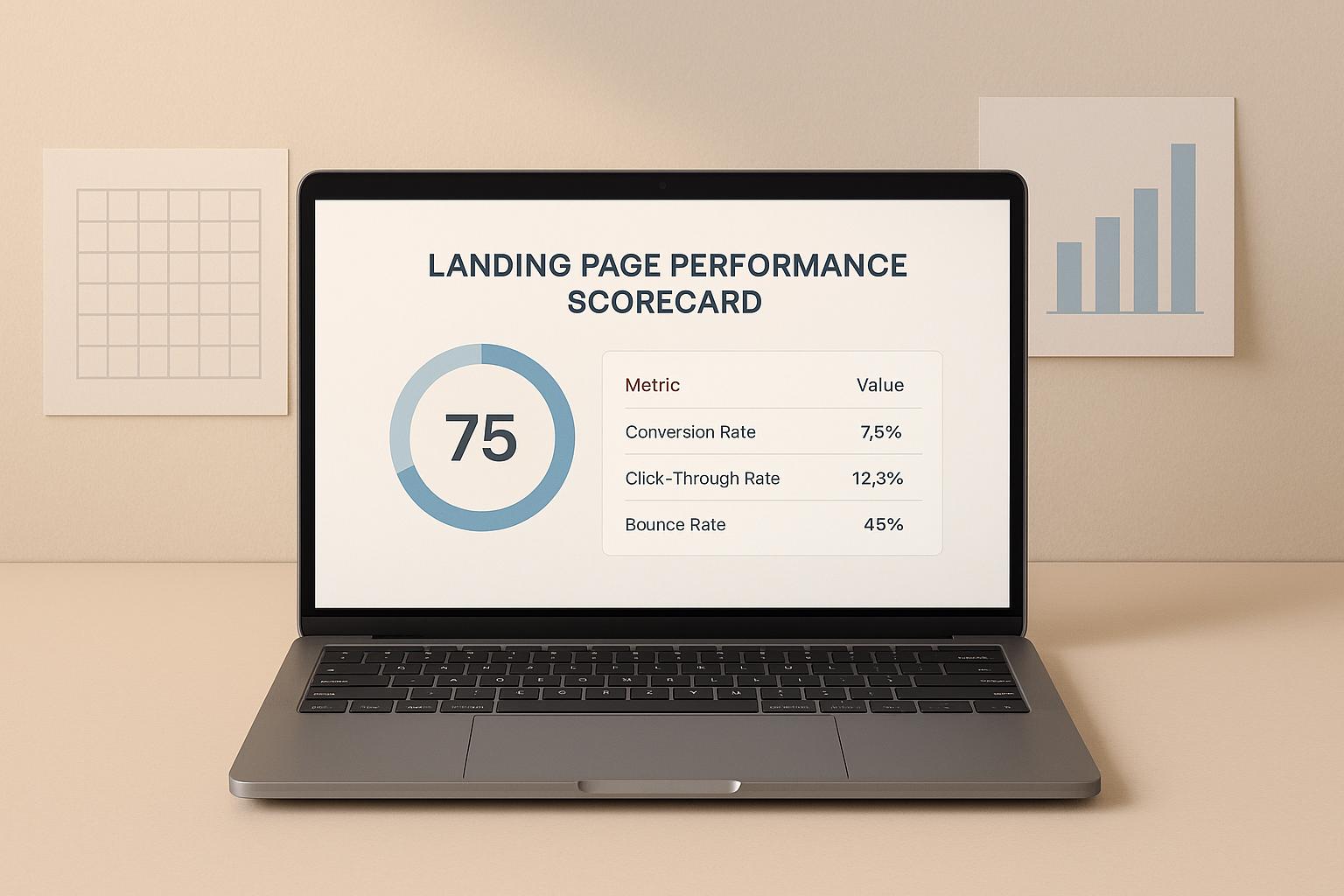

Why Long Tail Keywords Are a Game-Changer

Why Long Tail Keywords Are a Game-Changer
 13-03-2025 (Last modified: 21-05-2025)
13-03-2025 (Last modified: 21-05-2025)
If you’re serious about SEO, you’ve probably heard about long tail keywords. But what makes them so powerful? Long tail keywords are the foundation of a targeted SEO strategy – they help you rank higher, drive the right traffic, and improve conversion rates without competing with SEO giants.
In this in-depth guide, we’ll explore what long tail keywords are, why they matter, and how to use them effectively. Whether you’re a content creator, a marketer, or a business owner, mastering long tail keywords can skyrocket your search rankings and attract the audience that truly matters.
What Are Long Tail Keywords?
Long tail keywords are longer, more specific search phrases (usually three words or more) that target niche search intent rather than broad, highly competitive terms.

Examples of Long Tail Keywords
| Short Tail Keyword | Long Tail Keyword |
|---|---|
| “Running shoes” | “Best running shoes for flat feet in 2024” |
| “SEO tips” | “SEO tips for small business websites” |
| “Protein powder” | “Best plant-based protein powder for weight loss” |
Unlike short tail keywords, long tail keywords attract users who know exactly what they want. This makes them ideal for increasing conversion rates and reducing wasted traffic.
Why Long Tail Keywords Are Essential for SEO
If you’ve been struggling to rank for broad keywords like “marketing” or “best laptops,” you’re not alone. Here’s why long tail keywords are a better choice:
- Less Competition – It’s easier to rank for “best email marketing tools for small businesses” than for “email marketing.”
- Higher Conversion Rates – Users searching for specific phrases are further down the buyer journey and ready to take action.
- Better Audience Targeting – You attract the right people, not just random visitors.
- Perfect for Voice Search – With the rise of voice assistants (Siri, Alexa, Google Assistant), people are searching using longer, more natural phrases.
Example: Someone searching for “best waterproof hiking boots for winter trails” is probably ready to buy, while someone searching for “hiking boots” might just be browsing.
How to Find High-Impact Long Tail Keywords
Now that you know why long tail keywords are crucial, let’s talk about how to find them.
1. Use Google Autocomplete
Google literally suggests long tail keywords for you. Start typing a broad term and see what pops up.
✔ Example: Type “best budget laptops for” and you might see:
- “best budget laptops for college students 2025”
- “best budget laptops for video editing”
- “best budget laptops for gaming”
2. Check “People Also Ask” & Related Searches
Google’s “People Also Ask” and “Related Searches” sections are goldmines for long tail keyword inspiration.
✔ Example: Searching for “best running shoes” might show:
- “Are cushioned running shoes better?”
- “What are the best trail running shoes for beginners?”
3. Use Keyword Research Tools
If you want more precise data, try:
- Ahrefs – See what long tail keywords competitors rank for.
- SEMrush – Get search volume, keyword variations, and ranking difficulty.
- Ubersuggest – Discover related keywords and trends.
- AnswerThePublic – Find common user questions related to your topic.
4. Analyze Competitor Keywords
Look at what long tail keywords your competitors are ranking for and find gaps you can target.
Example: If a competitor is ranking for “best email marketing tools for freelancers,” you could go after “best free email marketing tools for startups.”

How to Use Long Tail Keywords for Maximum SEO Impact
Finding long tail keywords is just the first step – you need to use them strategically.
- Title Tags & Meta Descriptions – Keep them compelling and keyword-rich.
- Headings (H2, H3) – Use them to structure your content.
- Content Body – Naturally place keywords throughout your article.
- Image Alt Text – Helps with image search rankings.
- URLs – Short but keyword-focused (e.g. yoursite.com/best-running-shoes-for-flat-feet).
- Internal Links – Connect relevant content using long tail keywords.
- FAQs Section – Answer common search queries with question-based long tail keywords.
Example: Instead of just writing “best smartphones,” a well-optimized page would be “Best Smartphones for Photography in 2025 – Top Picks & Reviews.”
Common Mistakes to Avoid When Using Long Tail Keywords
Even though long tail keywords are powerful, many marketers misuse them. Avoid these common mistakes:
- Keyword Stuffing – Don’t force the keyword unnaturally into every sentence.
- Ignoring Search Intent – Just because a keyword has low competition doesn’t mean it’s relevant to your audience.
- Not Optimizing for Voice Search – People ask full questions when using voice search.
- Neglecting Internal Linking – Help search engines understand your content structure by linking related pages.
Final Thoughts: Why Long Tail Keywords Are Your Best SEO Strategy
If you’re tired of competing for impossible keywords, it’s time to embrace long tail keywords. Let’s recap… They:
- Reduce competition and make ranking easier.
- Attract targeted traffic that’s ready to convert.
- Improve voice search optimization.
- Help smaller websites compete with bigger brands.
By mastering long tail keyword research and optimization, you can boost your search rankings, increase traffic, and drive more conversions.
Want to level up your SEO game? Check out our recent post on Content SEO Analysis for even more expert strategies!
Long Tail Keyword FAQ
What are long tail keywords in SEO?
Long tail keywords are longer, more specific search phrases (usually 3+ words) that target niche topics or user intent. They typically have lower search volume but higher conversion potential.
Why are long tail keywords better than short tail keywords?
Long tail keywords are less competitive, easier to rank for, and bring in highly targeted traffic. They often align closely with user intent, which means better engagement and higher conversion rates.
How do I find long tail keywords?
Use Google Autocomplete, “People Also Ask,” and tools like Ahrefs, SEMrush, Ubersuggest, and AnswerThePublic. These methods help uncover real search queries with specific user intent.
Where should I use long tail keywords on my website?
Include them in your title tags, meta descriptions, headings, content body, image alt text, URLs, and internal links. Also use them in FAQ sections for voice search optimization.
Do long tail keywords help with voice search?
Yes! People use full questions when speaking to voice assistants, and long tail keywords mirror natural speech patterns, making them ideal for voice SEO.
say hello to easy Content Testing
try PageTest.AI tool for free
Start making the most of your websites traffic and optimize your content and CTAs.
Related Posts

 18-12-2025
18-12-2025
 Ian Naylor
Ian Naylor
Button Text Impact Analyzer
Analyze your button text with our free tool! Get a score and tips to craft compelling calls-to-action that convert for any audience.

 16-12-2025
16-12-2025
 Ian Naylor
Ian Naylor
Content Engagement Estimator
Discover how engaging your content is with our free estimator tool. Input views, time spent, shares, and comments to get your score now!

 15-12-2025
15-12-2025
 Ian Naylor
Ian Naylor
Landing Page Performance Scorecard
Evaluate your landing page with our free scorecard tool! Input metrics like visitors and bounce rate to get a detailed performance score.
